JAN FABRE, GALERIE DANIEL TEMPLON | PARIS
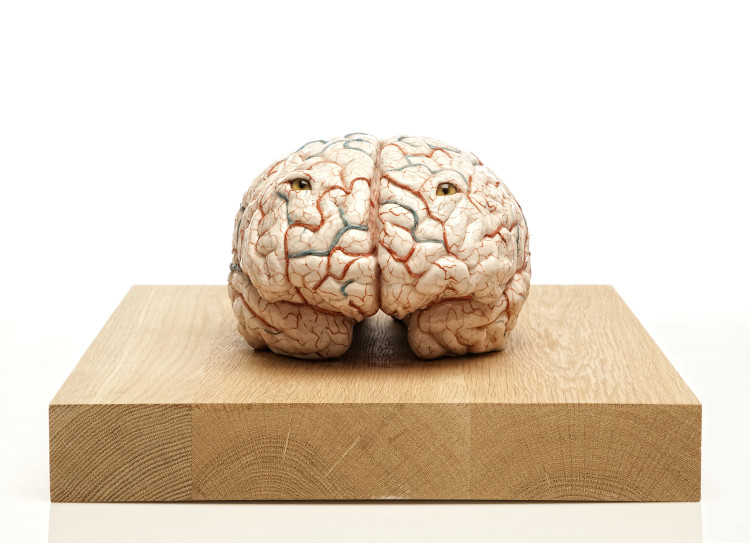
Jan Fabre
Chimères
14 April | 21 May
GALERIE DANIEL TEMPLON
30 rue Beaubourg / Impasse Beaubourg – 75003 Paris / T : +33 (0)1 42 72 14 10 / info@danieltemplon.com / http://www.danieltemplon.com
Lundi-samedi 10h-19h / Monday-Saturday 10am-7pm
Text by Vittoria Biasi – All Texts are 1F mediaproject copyright. All Rights Reserved.
Currently with the exhibitions Chimères and Portrait d’un artiste en evasion at the Daniel Templon Gallery and at Impasse Beaubourg, Jan Fabre carries on his project of remarks begun with the trilogy Empereur de la perte, Le roi du plagiat, Le serviteur de la beauté at the THÉÂTRE NATIONAL DE CHAILLOT. The vision of the artistic thought oneness connotes the connection of Jan Fabre with the art which he does not feel as a classification for matters, but as a total involvement of the artistic creativity. Since the years 1980 the artist unleashes his idea between art and theatre avoiding the filing of the genres.
The artistic pathway is a process to make clear the idea of circularity and oneness getting the ideological relationship by use of organic and traditional materials, conceptualized in the exchange of the meanings and languages. These materials drive towards the creation of original figures concerning the mankind and his imaginary, relational and functional world. The centrality of the study is based on the structural analysis of the languages, around the nature of mind that works or finds expression through the shape. The meaningful connection between the experience and how it is greeted originates the linguistic composition. The relationship is a process of the mankind of all the time, it is the moment when the expression of the language takes his individual, sole, exciting, self sublimation, amazing and homely connotation.
For the exhibition in Templon Gallery, Jan Fabre develops the vision of the brain as a centre of the different layers of communication and creation. The artist shows nearly fifteen pencil drawings and some new sculptures. The Impasse Beaubourg exhibition is related to the performance Art kept me out of jail at Danru Galerie, Musée du Louvre, during 2008, when he played the part of a French gangster, Jacques Mesrine, that by means of the art managed to escape from prison.
In the Gallery hall a series of sculptures, placed on white wooden pedestals shaded under glass cases, represent the brain functions, explore the analysis and the processing of the individual/social myths by which the mankind establish a dialectical connection during one’s own life. All happens in the brain, contained in his skull where all the things the man sees are imprinted, where it is placed the universe of the mankind, the ideas organizations, the same for everybody and where are all the projects of perfection, according to Malevič. The exhibition is a present to that movement connecting times and cultures, appearing and disappearing into the unlimited frame-time. Brain with cross in bones is realized by silicone, bones and paint. Monk is a cloth of wire and human bones. Within the Eurasian area the recovery of the bones is related to the magical tree legend cropping on grave and alluding to the resurrection. In Storia notturna (Nocturnal history) by Carlo Ginzburg (Torino, 1939) within Bones and skins chapter, he underlines the transcultural value of the bones. The Koran recognizes to the bones, the white of its structure, the survival of matter. The bones, its beetles, the plumage enter into the process, according to the philosophy of the artist, in a sort of contemporary surrealism looking the organic world for some elements of direct communication, existing in nature, of astonishment, of luminist effects, without resorting to complicated technologies as in Skull. The synthetic head, coated of beetles iridescent like silk in full light, dominates a stuffed white animal. The contrast of the work is consigned to the languages of the material/animals quivering when they are in their death throes. In such a sense the work Globe/The problem is a wrapping of the world up with beetles, which give a natural colour, beyond any possible chromatic representation. The mind distinctive suggestions are represented by the creases, signals of semantic behaviours that have been sensed by the existence of objects that trace the representation back to a real specificity. The coloured plumage like butterfly wings open different trails of mind in Angel Brain; the insertion of eyes inside the brain devises the perception of latent principles of arrangements in the work The Brain of a killer.
Daniel Templon Gallery has invited the Belgian artist to exhibit on Parisian ground for the fourth time, giving him the chance to capture the idea of a thought, recognizes the truth, the authenticity over the animal faith, important for Hillman, and above which it is possible to build some illusions.
Vittoria Biasi
Salvatore Rollo translator

Testo di Vittoria Biasi
Con la mostra Chimères e Portrait d’un artiste en evasion, distribuite nella Galleria Daniel Templon e a Impasse Bouburg , Jan Fabre prosegue il progetto di riflessione avviato al THÉÂTRE NATIONAL DE CHAILLOT con la trilogia Empereur de la perte (The Emperor of Loss), Le Roi du plagiat (The King of Plagiarism), Le Serviteur de la beauté (The Servant of Beauty). La visione dell’unità del pensiero artistico e prima ancora dell’universo, connota il rapporto di Jan Fabre con l’arte, che non sente suddivisa per generi, ma come coinvolgimento totale delle espressività creative. Fin dagli anni ’80 sfuggendo alla classificazione dei generi, l’artista libera la sua concezione tra arte e teatro.
Il percorso artistico è un procedimento di puntualizzazione dell’idea di circolarità e unità, che ha la corrispondenza ideologica nell’uso di materiali organici e tradizionali, concepiti nello scambio dei significati e dei linguaggi. Questi conducono alla creazione di figurazioni inedite che riguardano l’uomo e il suo mondo immaginario, relazionale, funzionale. La centralità dell’indagine poggia sull’analisi strutturale dei linguaggi, sulla natura della mente che lavora o si esprime attraverso la forma. Il rapporto profondo tra l’esperienza e il modo di accoglierla è all’origine della composizione linguistica. La relazione è un procedimento dell’uomo di tutti i tempi, è il momento in cui l’espressione del linguaggio assume la connotazione individuale, unica, emozionante, di sublimazione del sé, sorprendente e familiare.
Per la mostra nella Galleria Templon, Jan Fabre sviluppa la visione del cervello, sede dei differenti livelli di comunicazione e creazione. L’artista espone circa quindici disegni a matite e delle sculture inedite. L’intervento a Impasse Bouburg fa riferimento alla performance Art kept me out of jail del 2008 nella Galerie Danru, al Musée du Louvre, in cui Fabre, proponendosi nelle vesti del ganster francese Jacques Mesrine, trova nell’arte l’evasione dal carcere.
Nella sala della Galleria, una successione di sculture, posate su basi in legno bianco e protette sotto teche trasparenti, rappresentano le funzioni del cervello, percorrono l’analisi e l’elaborazione dei miti individuali/sociali con cui l’individuo entra in dialettica nell’estrinsecazione della vita. Tutto accade nel cervello, racchiuso nel cranio, dove, come scrive Malevic, si imprime tutto ciò che l’uomo vede, dove ha sede l’infinito dell’uomo, il movimento delle idee, uguale per l’universo e in cui esistono tutti i progetti di perfezione. La mostra è un omaggio a quel movimento che congiunge i tempi e le culture, che compaiono e scompaiono nello spazio infinito del tempo. Brain with cross in bones è realizzata con silicone, ossa , pittura e Monk è un abito in fil di ferro e ossa umane. La raccolta delle ossa è collegata, nell’area euroasiatica, alla leggenda dell’albero magico che cresce sulla tomba e allude alla resurrezione. Ginzburg nel capitolo “Ossa e pelli” in Storia notturna evidenzia la valenza transculturale delle ossa. Il Corano riconosce nelle ossa, al bianco della sua composizione, la sopravvivenza della materia. Le ossa, i coleotteri, le piume entrano nel processo, nell’ideologia creativa dell’artista, in una sorta di surrealismo contemporaneo che cerca nel mondo organico elementi d’immediata comunicazione, di stupore, di effetti luministici, presenti in natura, senza far ricorso a complicate tecnologie, come in Skull. Il cranio sintetico, rivestito di coleotteri cangianti come sete esposte alla luce, sovrasta un animale bianco impagliato. Il contrasto dell’opera è affidato al linguaggio che i materiali – animali- fanno vibrare nella morte. In tal senso l’opera Globe/The problem è un avvolgimento del globo con coleotteri, che danno una colorazione naturale, oltre ogni possibile rappresentazione cromatica. Le suggestioni proprie del cervello sono rappresentate dalle pieghe, segnali di comportamenti semantici rilevati dalla presenza di oggetti che riconducono la rappresentazione a una specificità reale. In Angel Brain le piume colorate come ali di farfalle aprono le vie altre del pensiero; in The brain of a killer l’inserimento degli occhi all’interno del cervello costruisce la percezione di principi latenti di organizzazioni.
Per la quarta volta la Galleria Daniel Templon invita l’artista Belga ad esporre negli spazi parigini, offrendo la possibilità di cogliere l’idea di un pensiero riconosce la verità, l’autenticità sulla fede animale, cara a Hillman, e su cui è possibile costruire l’illusione.
Vittoria Biasi
Position the cursor on the images to view captions, click on images to enlarge them.
Posizionare il cursore sulle immagini per leggere le didascalie; cliccare sulle immagini per ingrandirle.

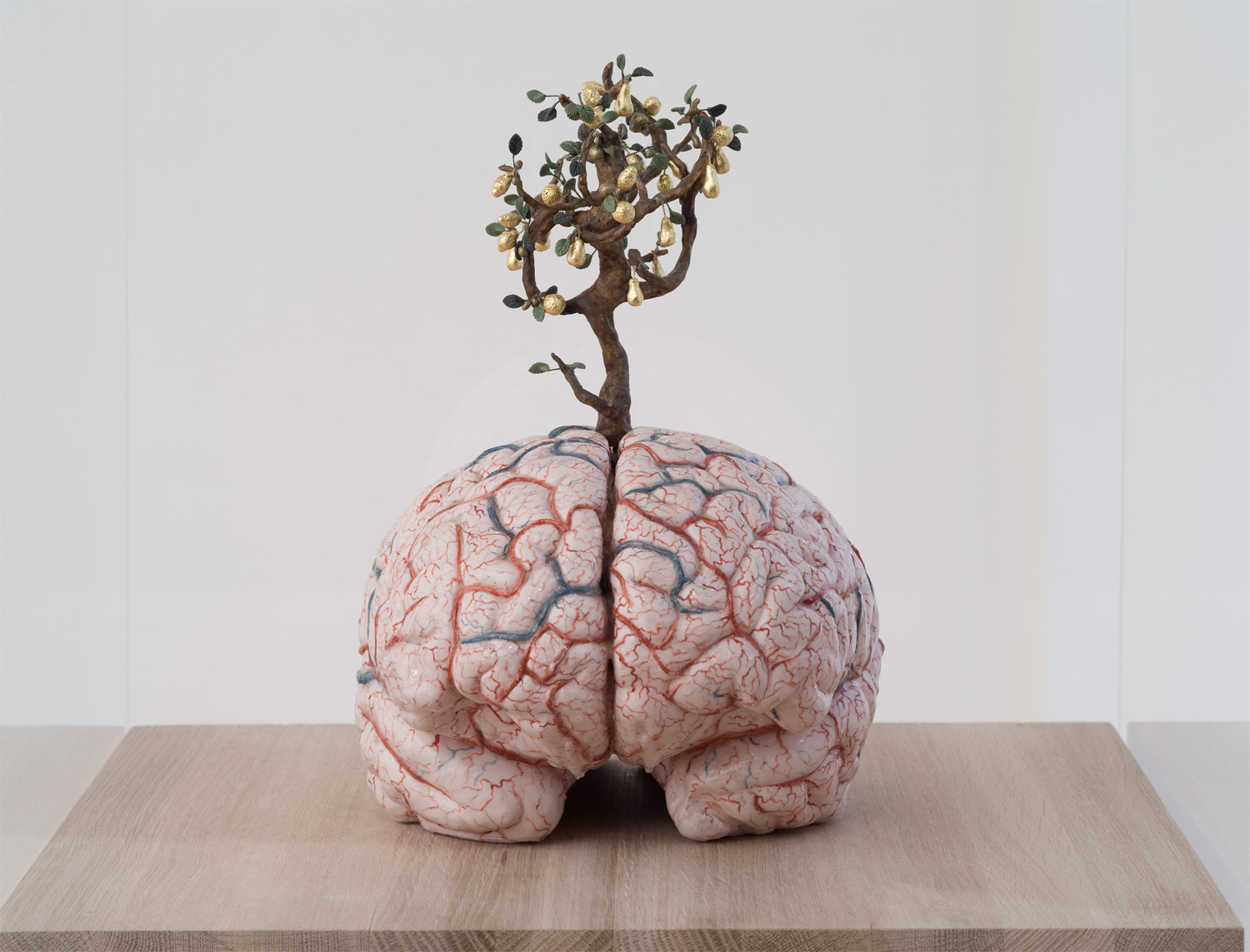
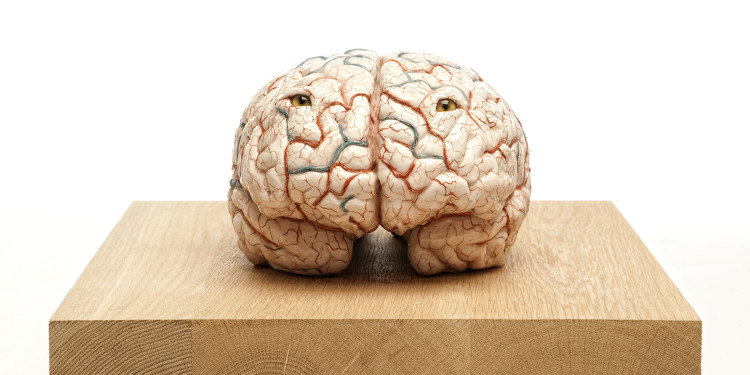
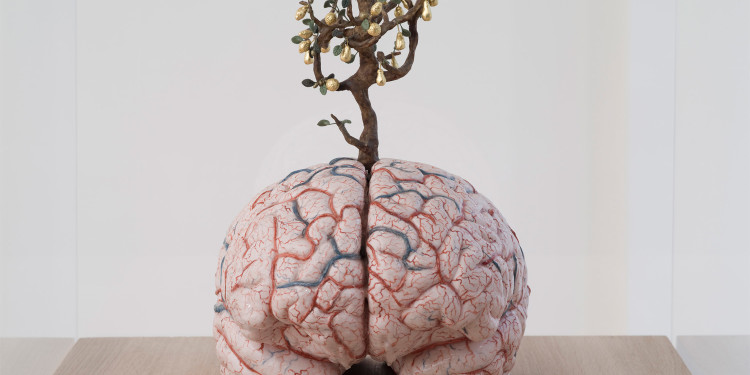

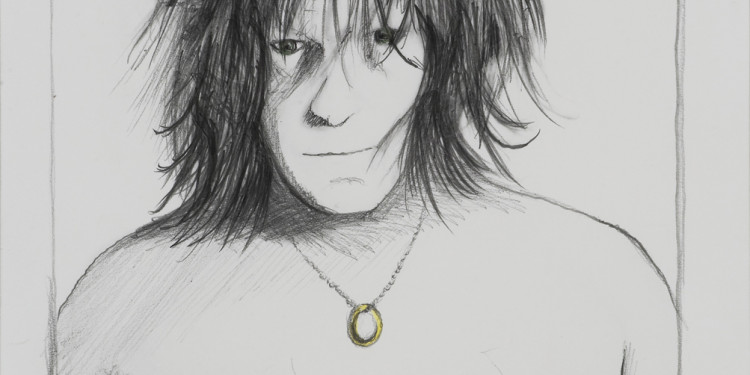
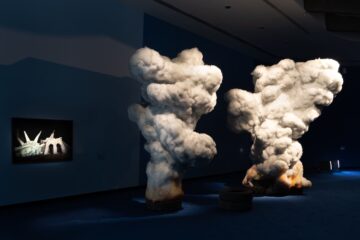
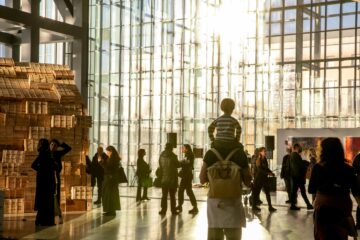
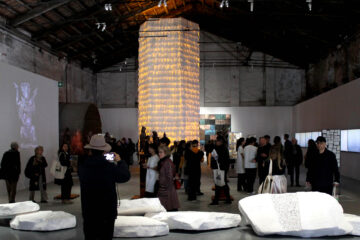
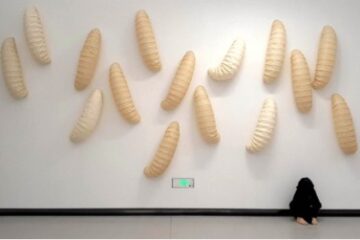

No Comment